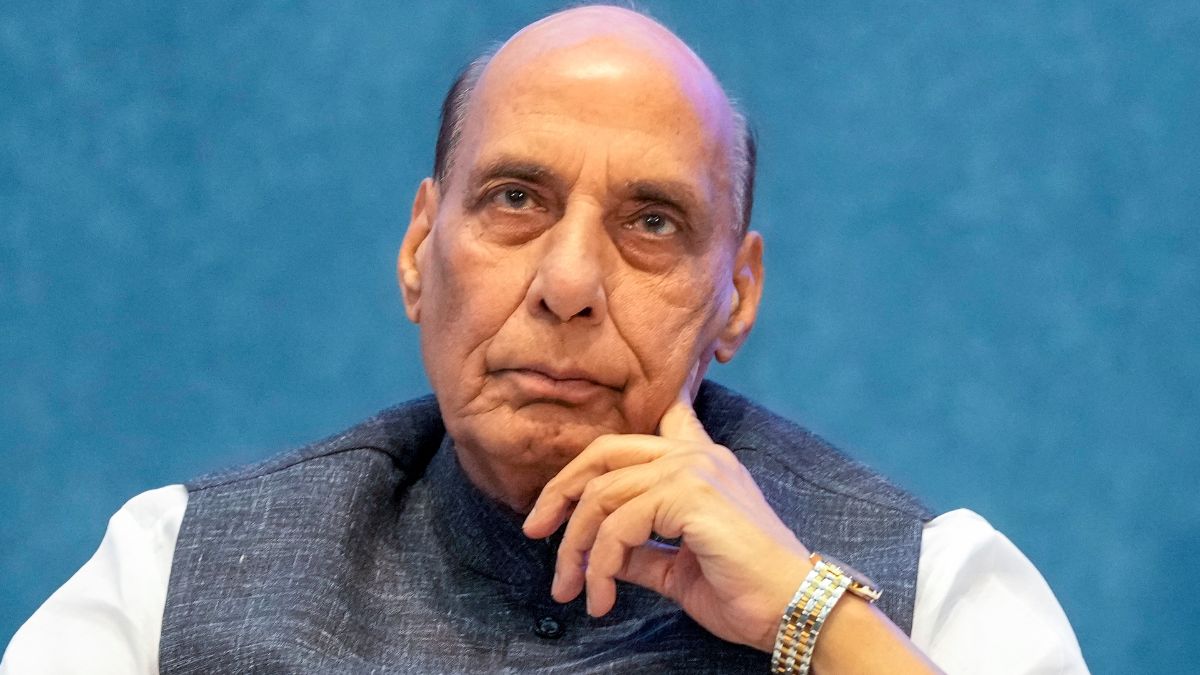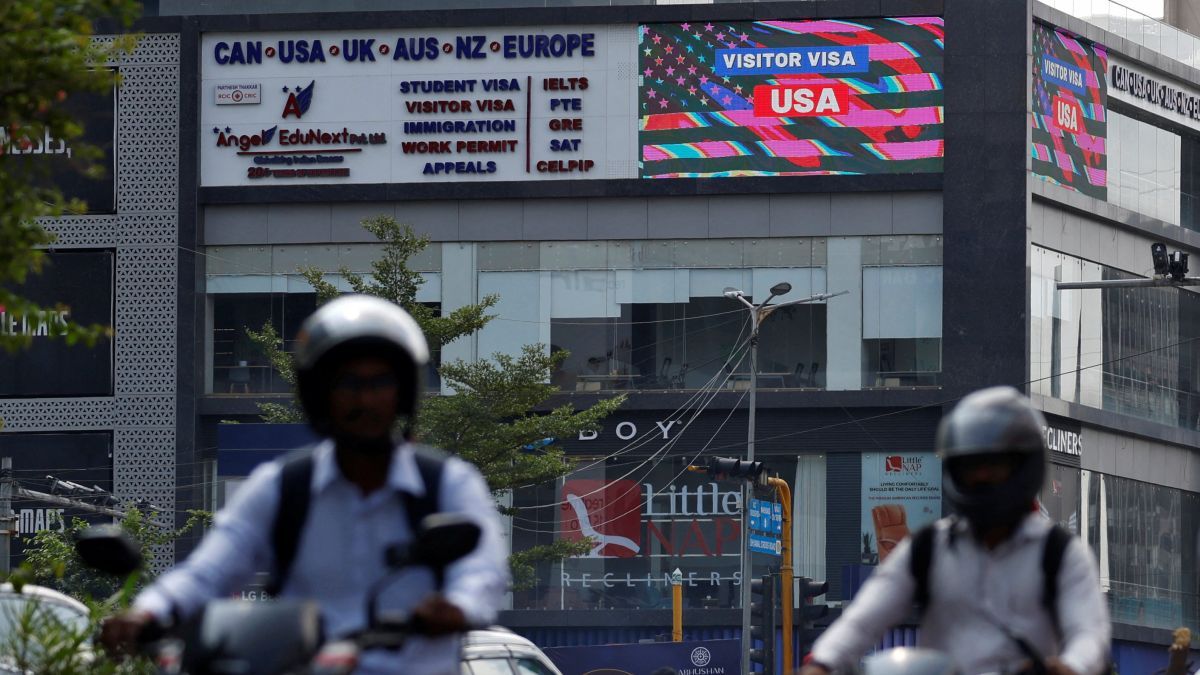India is taking its Atmanirbhar (self-reliance) campaign global. Defence Minister Rajnath Singh inaugurated a defence facility in Morocco on Tuesday, a historic first for India’s defence industry abroad
India’s Defence Minister Rajnath Singh, along with his Moroccan counterpart Abdelatif Loudyi, inaugurated on Tuesday a manufacturing plant set up by Tata Advanced Systems Ltd (TASL) in Morocco’s Berrechid for the production of wheeled armoured personnel carriers. Spread over 20,000 square metres, the facility is India’s first-ever defence manufacturing plant in Africa and Morocco’s largest such plant.
Under its contract with the government of Morocco, TASL will deliver the Wheeled Armoured Platform 8×8 (WhAP 8×8), with initial deliveries scheduled to begin next month. The facility became operational three months ahead of schedule, and production has already commenced.
“This milestone marks the first overseas defence manufacturing facility established by a private Indian company, underlining India’s capability to design and deliver advanced combat vehicle platforms in partnership with DRDO,” TASL said.
How deep are India-Morocco defence ties?
India and Morocco’s defence ties have steadily deepened over the past three years, moving from naval port calls and military training to industrial cooperation. The Berrechid plant crowns this process, shifting the relationship from dialogue to tangible capability.
Singh described the inauguration as “a historic moment in the evolving strategic partnership between India and Morocco,” highlighting how the WhAP’s rollout symbolises a broader convergence of strategic goals.
The WhAP itself represents a leap in combat platform versatility. Designed jointly by TASL and India’s Defence Research and Development Organisation (DRDO), it features modular configurations—from infantry fighting vehicle to command post, mortar carrier and ambulance.
Equipped with advanced protection systems, an independent suspension, and adaptability for manned or unmanned weapon stations, the WhAP embodies what Singh called “India’s vision to develop capabilities that allow us to become a credible source of advanced technology and high-quality products for the world.”
How it boosts Morocco’s industrial ambitions?
The TASM facility directly supports Morocco’s push for a homegrown defence industry. Production will start with 35 per cent locally sourced components, rising to 50 percent. Singh stressed that the project would “generate significant employment and create a robust local ecosystem of engineers, technicians and suppliers in Morocco.”
According to TASL, the facility has already generated both direct and indirect jobs, developed a supplier base and built critical in-country technology capabilities and product support.
This aligns with Rabat’s broader industrial policies. The Defence Industrial Zones Management Company (SGZID) and new legislative frameworks aim to reduce reliance on imports and create two dedicated defence industrial zones.
The Berrechid facility is therefore not only producing for the Royal Moroccan Army but will also expand to “export friendly countries, especially in Africa,” according to Sukaran Singh, CEO and Managing Director of TASL.
India’s Atmanirbharata goes global
For India, the Berrechid facility is a global projection of Atmanirbhar Bharat—self-reliant India. “For India, self-reliance does not mean isolation; rather, we aim to develop strategic autonomy under Aatmanirbharta,” Singh noted at the ceremony.
“Along with ‘Make in India,’ we are also pursuing ‘Make with Friends’ and ‘Make for the World’, this facility in Morocco is a shining example of that approach.”
TASL’s chief added that this facility “marks our strategic initiative to begin offering designed-in-India defence technology systems to friendly countries overseas.” The symbolism is clear: India has moved from being a defence importer to positioning itself as an exporter of advanced systems, using Morocco as a gateway to Africa.
How are India, Morocco shaping a shared future?
The WhAP plant is not just about rolling out armoured vehicles—it is a convergence point for two nations seeking strategic autonomy through cooperation. For Morocco, it accelerates its path to a sustainable, homegrown defence base. For India, it showcases an ability to design, build, and export advanced defence technologies under global partnerships.
In Singh’s words, “This is not just the opening of a new plant, but the beginning of a new chapter in the long-standing friendship between India and Morocco.”
End of Article

)
)
